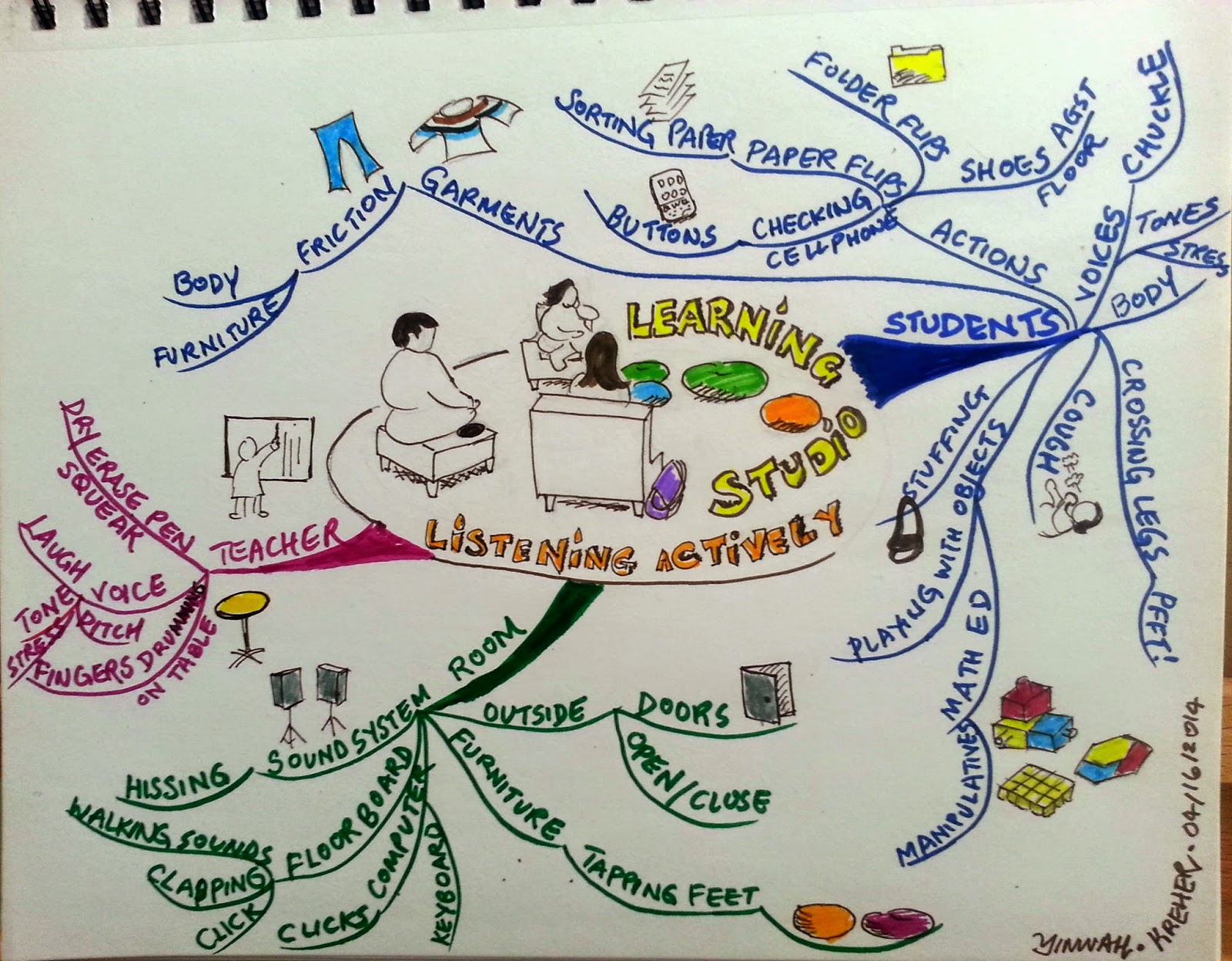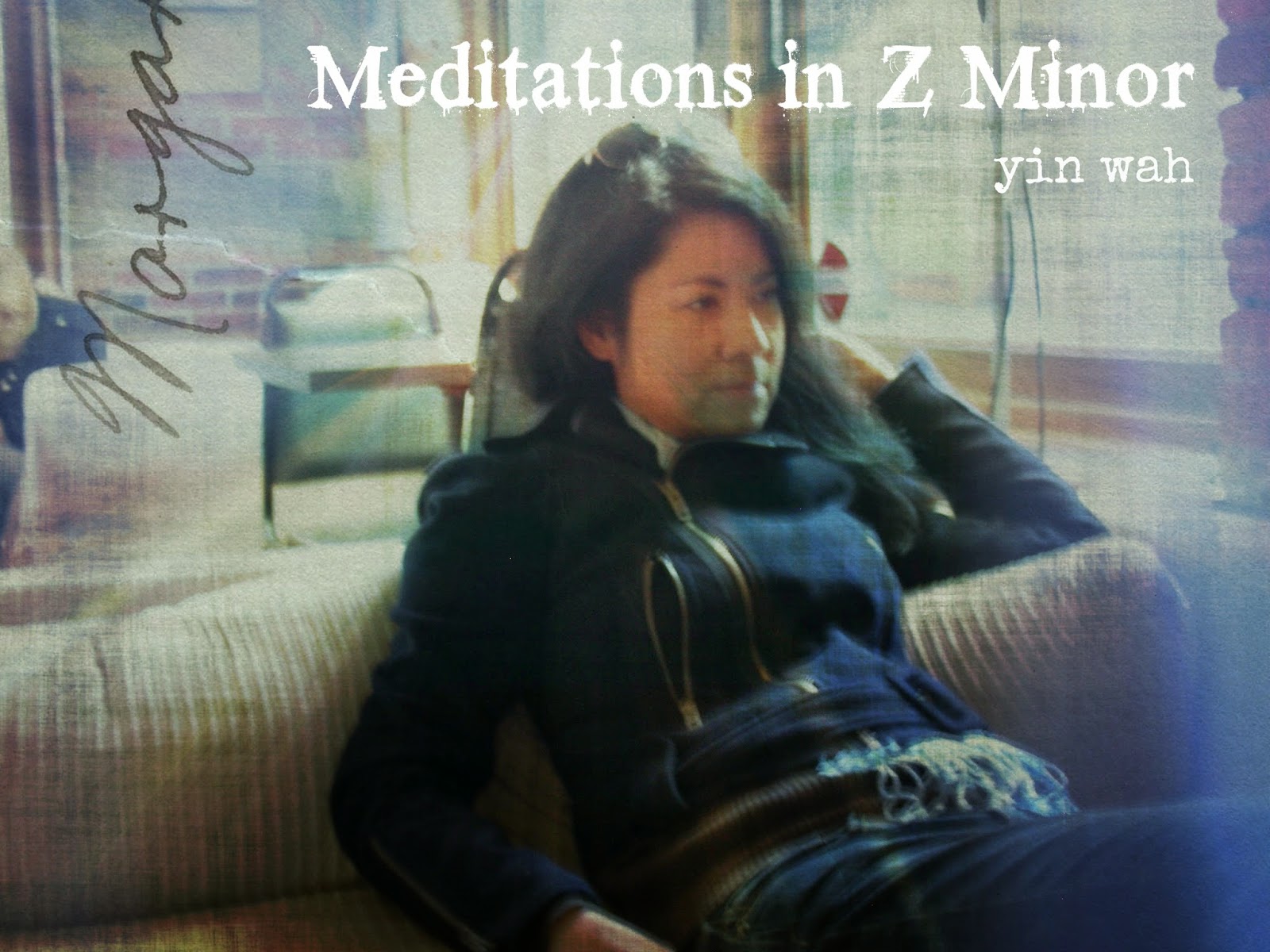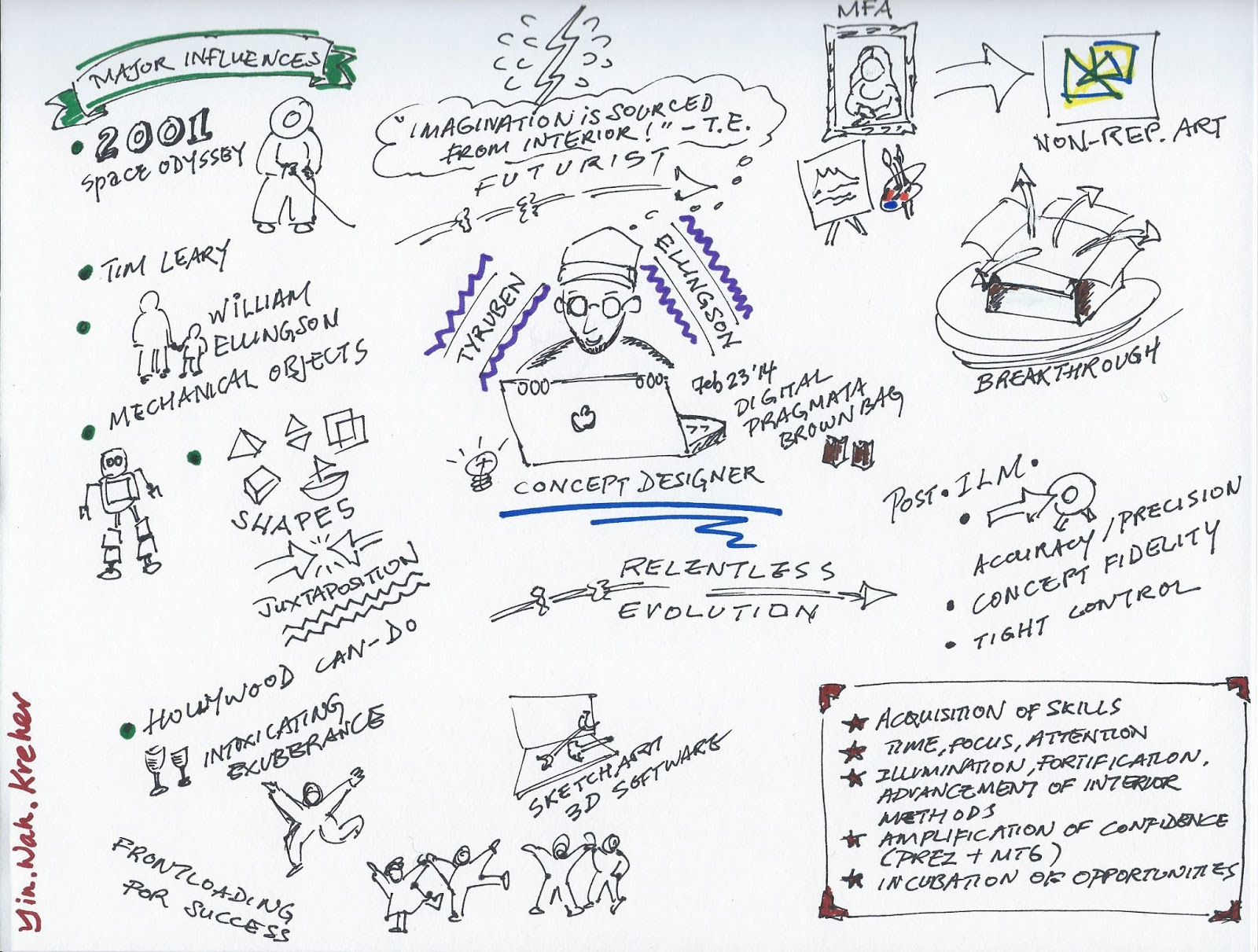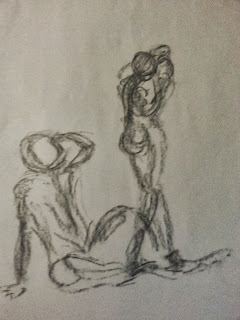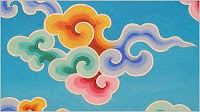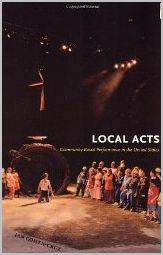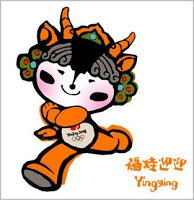-
Boundlessness
The limit is not in the sky . The limit is in the mind . A photo posted by Derek Hough (@derekhough) on Nov 11, 2014 at 9:58am PST
-
Listening with Care
One of my work duties involves observations of learning interactions in an experimental classroom, the Learning Studio. Until I completed the Listening Differently assignment in the Creativity MOOC, I hadn’t realized how I had seen the Learning Studio with my eyes, but hadn’t captured a lot of other interactions with my ears. The scope of my observation had been limiting and limited. Julian Treasure’s video is a fabulous resource to review (Thanks again, Tina Seelig!). He is right; “we are losing our listening.” When novelty ceases to be so, we…
-
Online Icebreaker: A Life Story Album Cover
As an online introduction, Tina Seelig invited us — participants in her MOOC — to design an album cover of our lives to construct a narrative of who we are. Add to that the creation of a 10-song playlist, fictional or actual songs, and we’ll get some bonus points. I created two album covers. Which one do you think I submitted? A or B? I think these ideas are excellent as icebreakers in online teaching. They afford students multiple means to participate in course conversations. It helped me to reflect,…
-
TyRuben Ellingson: Digital Pragmata Brown Bag
TyRuben Ellingson delivered an outstanding talk today at the Academic Learning Commons 4100. I took some sketchnotes for reflection. Two major throughlines for this presentation, as I see it, are: How do you become really good at doing something? What fosters creativity? I read and think about deep learning and effective learning — constantly. TyRuben’s talk adds to that mashup of ideas from print and nonprint resources. I see a pattern in learning that is necessary for one to become an exquisite and consummate artist (or an expert in any…
-
Thinking through Art: How Prior Knowledge Paralyzes
4th Figure Drawing Class. We warmed up with 10 gesture drawings. In one minute, I must capture the outline of the model. It is especially challenging when the model knows multiple unusual ways to contort himself/herself. I struggle to capture the essence of the gesture. The bodily muscles exert themselves in peculiar ways that I find difficult to sketch rapidly. Today, I also have to learn how to use new tools — it is Conte Pencils instead of the familiar charcoal pencil or vine to quickly build the “armature” that…
-
#CrashCreativity Thoughts Post 1
This MOOC, Crash Course on Creativity, is taught by Prof Tina Seeling (http://about.me/tinaseelig) of Stanford University and runs on Venture Labs’ e-platform. There is a lot of interest in this course with over 35,000 enrollees from all over the world. The platform is pretty minimalistic in a good way, with a menu bar that lets students navigate to Home, Lectures, Assignments and Community. I’ve watched a short course video intro so far and a week 1 TED talk by Prof Seelig on the Innovation Engine. Both were not captioned, nor…
-
J K Rowling: “I want to extol the crucial importance of imagination”
Rowling is such a beautiful writer. Here are a few quotes from her 2008 Commencement Speech at Harvard. “Talent and intelligence never yet innoculated anyone against the caprice of the Fates…” “And so rock bottom became the solid foundation on which I rebuilt my life.” “Your qualifications, your CV, are not your life, though you will meet many people of my age and older who confuse the two. Life is difficult, and complicated, and beyond anyone’s total control, and the humility to know that will enable you to survive its…
-
Assessing Creativity Sternberg’s Way
On a little break from dissertation writing, I chose to read something on creativity research. I know, “You call this a break?” Much too serious? *smile* I’m reading Robert Sternberg’s (2012) article on The Assessment of Creativity: The Investment-Based Approach (IBA). He like Tharp (2005), writes that “[c]reativity is a habit” (Sternberg, 2006a, 2006b; Tharp, 2005), “an attitude toward life” (Maslow, 1967; Schank, 1988; Sternberg, 2003b). He writes about some habitual practices (p. 3) of creative people that have been reported previously. Creative people regularly do a few things: (a)…
-
ID and Educator’s Role in Online Learning Part 1
As a certified Quality Matters peer reviewer, I was following the QM thread on online facilitation and teacher engagement in a community board. It brought me back to those days when online learning was just a buzzword. I’d taken ID courses and read quite a bit initially due to my professional interest. I’d even advocated for workshops on facilitating online learning (inspired by a terrific book by Collison et. al) to my boss. Little wonder that I was fascinated by the discussion in the QM community. The debate on TD…
-
Creative Problem-Solving in Reality
(Image Source: Tashi Mannox website: http://bit.ly/f8jkfN) Note: I learned about these clouds through Dr. Julia Marshall’s presentation. Beautiful and iconic — representing nature, energy, heaven. And I stumbled upon Tashi Mannox by accident. Gorgeous design! I feel like an instructional designer with a complex problem that requires a novel solution! How ironic! I am studying myself constantly, because 1. I have read up a LOT on creativity, and 2. never tire of learning about it. When someone told me he was interested in studying innovation but not creativity, I am…
-
Expert Advice on Community-Based Arts
I’m having a lot of fun right now learning and conceptualizing my yes, new study! I’ve attended a talk on art-based research (See Nov 30 posting). Today, I had the honor to talk to Dr. Jan Cohen-Cruz, Director, Imagining America, author and expert on community-based performance (CBP). That is, on an unforgettable day of rain and snow, making the walk to Tolley Building a wet and slushy one. Nevertheless, still memorable.:) Marj had recommended I read her book(s). I’ve started with Local Acts. It documents the historical origins, establishes the…
-
We Remain Ourselves
(Image source: http://bit.ly/idu9Xa) I was definitely intrigued by the title. Art-Based Research and the Intersection between Making Art and Teaching Art. “Her primary scholarship is in curriculum development, arts integration, the uses of contemporary art in art education and the intersection between creativity and cognition.” Of course I had to make the trip to Shemin’s Auditorium at 6:30PM! Dr. Julia Marshall‘s presentation was fascinating. She spoke on her art practice and how much she learned from teaching art to younger people, like undergraduates and graduates. That if she had just…
